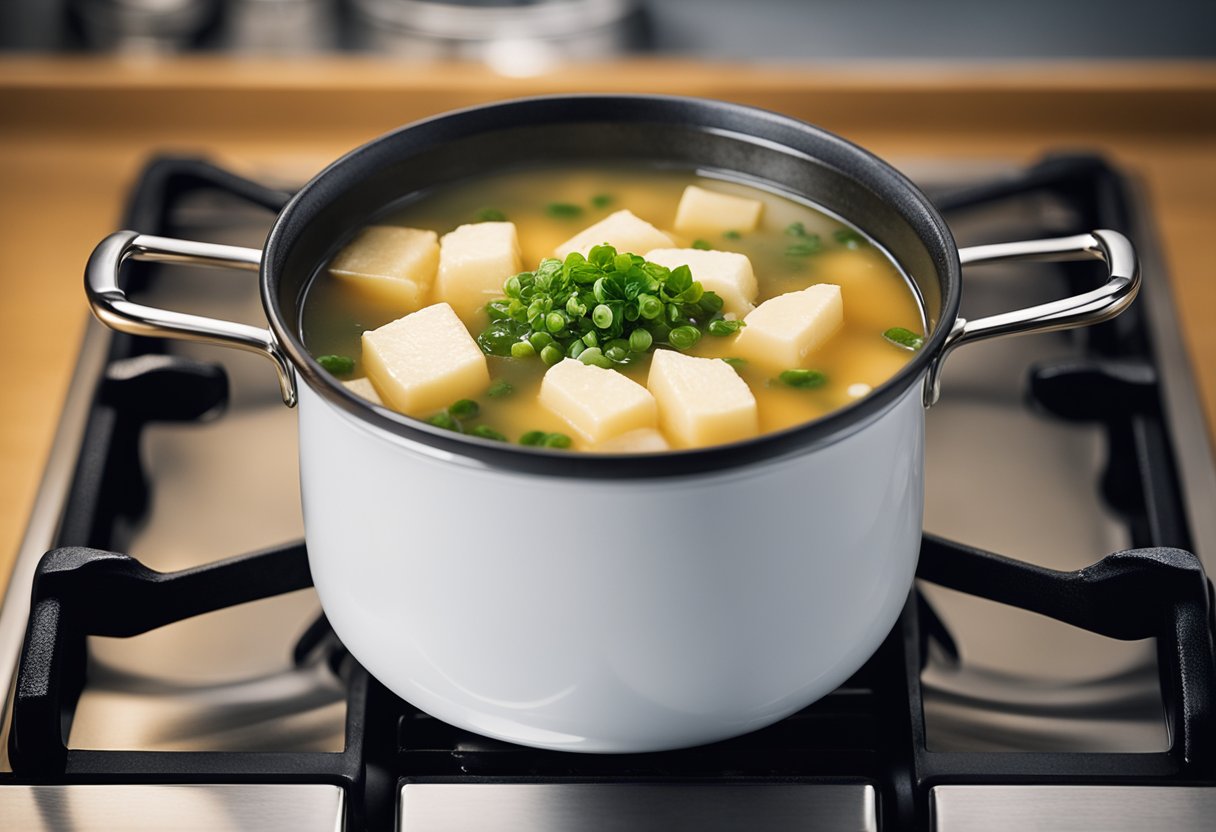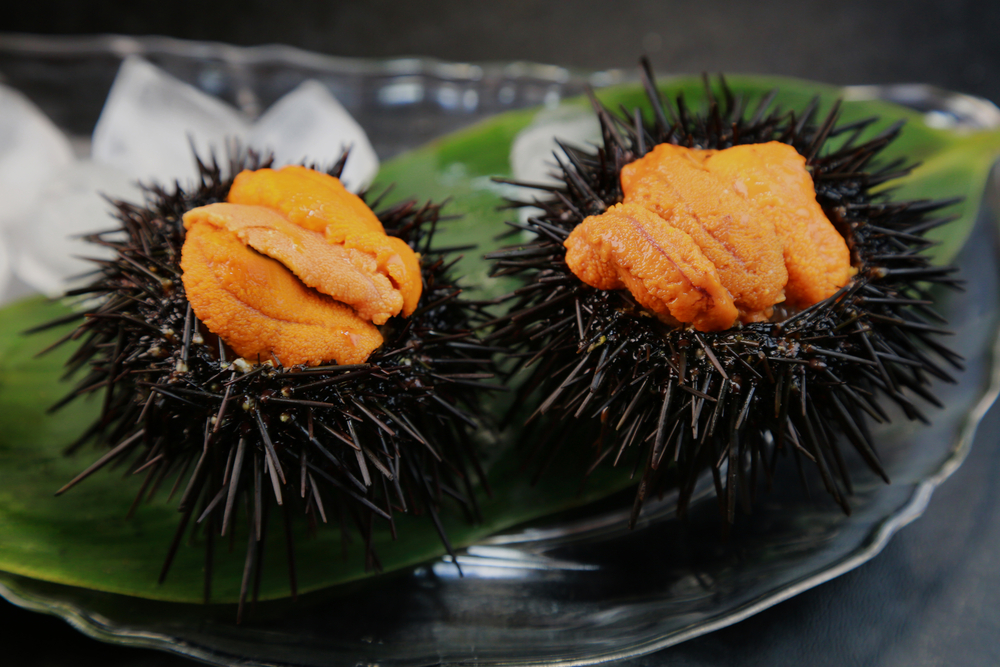Wakame is a species of seaweed, usually sold in a dried form. It’s used intensively in Asian cuisines, especially for soups and salads, or as a seafood side dish. It’s usually harvested in waters near Australia, and then will be farmed in Korea or Japan. If you see wakame in stores it’s likely from one of those two countries.
Wakame is sometimes called “sea mustard” because of the mustard green color it takes on when it is cooked. Because it comes from the sea, it does taste salty, but not fishy. A popular dish it’s used in is miso soup.
If wakame isn’t very accessible to you, you aren’t out of luck. Wakame is just one type of seaweed, and many can be used interchangeably. There are plenty of substitutes that can replicate some properties of wakame. These include: kelp, kombu, laverbread, alaria, sea grapes, Irish moss, and arame.
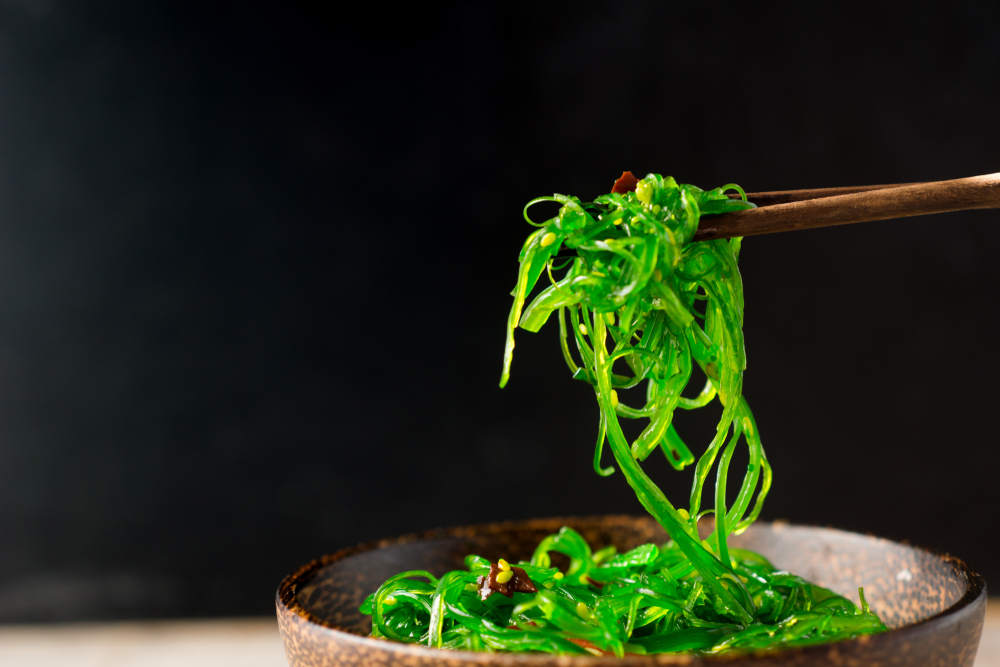
1. Kelp
Kelp has been used as a substitute for wakami for many years. It is sometimes used as a dietary supplement, even in pill form, because of its nutritional value. Kelp has high contents of magnesium, calcium, and iodine. It’s also a good source of fiber and Vitamin C.
Kelp is known to help promote weight loss, cardiovascular health, and can help regulate blood sugar levels. It can be used as a thickening or flavoring agent in food. It can be eaten plainly, or as an ingredient in seaweed broth or salad.
2. Kombu
Kombu (or konbu in Japanese spelling) is a more specific form of kelp. It refers to a type of kelp that is mainly from the laminariaceae family. Kombu is very easy to grow, so it’s plentiful in the Japanese diet.
Kombu has a similar soft texture and mild flavor that wakame has. It’s often used in soups and salads, the same way wakame is. Kombu can also be used as a vegetarian replacement for chicken broth. It can also be eaten dry, and can be found at most grocery stores.
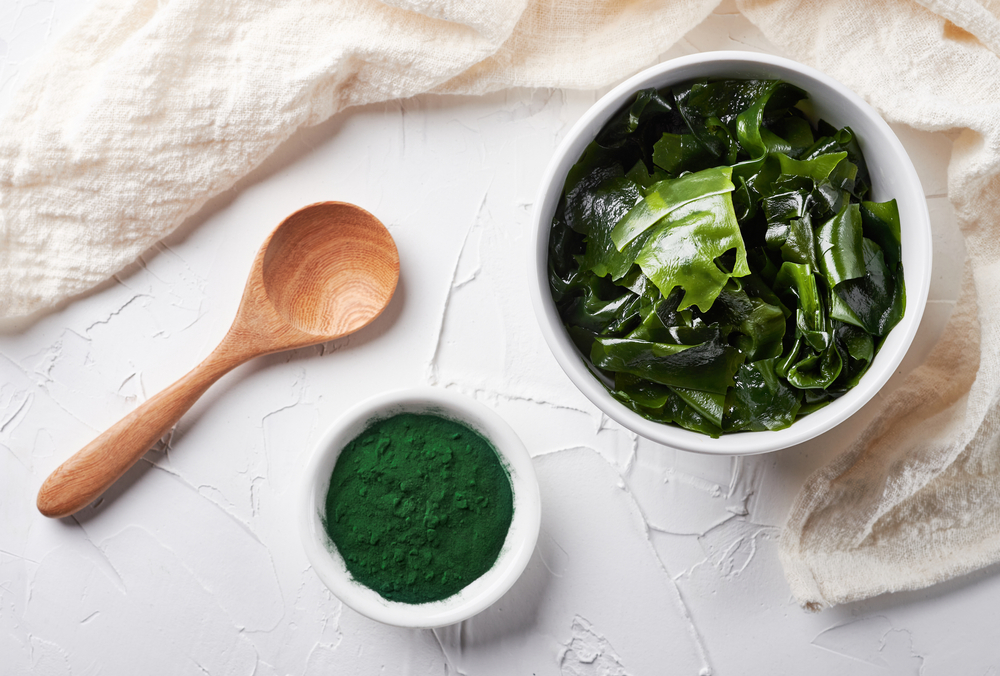
3. Laverbread
Laverbread is a Welsh food. It’s made from laver (type of seaweed) and cockles (a type of mollusc). It is a good source of protein and has a similar texture and flavor to that of wakame. Usually laverbread is made by boiling the seaweed and crushing it into a paste. It’s considered a delicacy among the Welsh and can get expensive, but you can also make it yourself.
Laverbread has high amounts of protein, iodine, and iron. The dried variation of laver contains substantial amounts of Vitamin B12, making it a great source of protein for vegans.
How to Make Laverbread
- Boil seaweed for ten minutes, trying not to overcook it to retain crunchiness.
- Drain the liquid and mince seaweed in a food processor.
- The laverbread is prepared and can be eaten immediately in sushi or frozen.
4. Alaria
Alaria tastes sweet and slightly nutty, similarly to wakame. It can be used as a replacement for wakame in almost any recipe that it’s needed for. Alaria is also high in calcium, magnesium, and iron. It can be used in dishes as a replacement for wakame, or rehydrated and eaten on its own as a snack.
Alaria is the scientific name for a type of seaweed that has been used for many purposes in Japan since ancient times. It is a dark green, leafy, seaweed that grows in clusters. In the wild, alaria plants resemble the shape of rabbit ears.
5. Sea Grapes
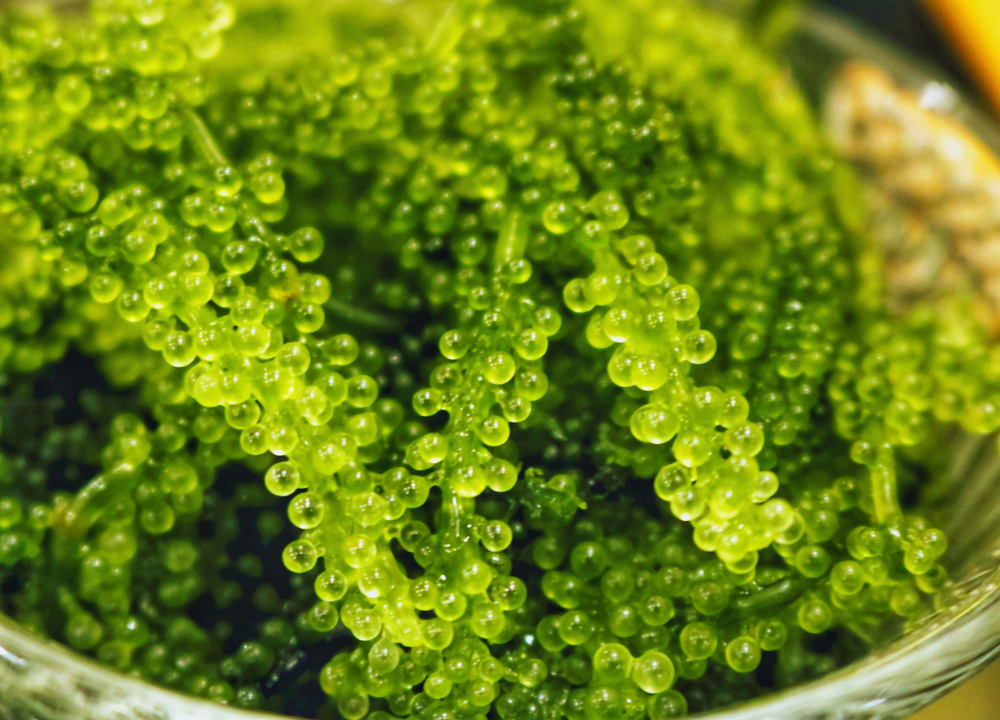
Sea grapes make a good substitute for wakame, but not for every purpose. They are a type of seaweed that’s slightly sweet and salty. They’re best as a stand-in when used for sushi. They’re also a good source of vitamins, minerals, and antioxidants. Because of their nutritional benefits, sea grapes are even sold in pill form as supplements.
Sea grapes can also be used as a thickening agent and for seaweed salads and broths. Seagrape syrup is also made and used as a topping for desserts. It’s even an ingredient in some cocktails and health drinks.
6. Arame
Arame is a type of seaweed that is mild in flavor and has a somewhat chewy texture. It can be used in broths, salads, soups, and any other way wakame is used. The main difference is the texture–wakame’s texture is slightly softer than arame’s. But their tastes are very similar so it isn’t too noticeable in dishes.
Arame has a rather time-consuming preparation process. First, rinse it thoroughly in cold water. Then soak the arame in clean water for at least four hours. Then drain and rinse again. Arame can be eaten raw but most recommend that you cook it before eating.
7. Irish Moss
Irish moss is a popular wakame substitute for people who enjoy casually cooking at home. Especially with vegans or vegetarians, because even small amounts of Irish moss can help you get important nutrients in. Irish moss contains phosphorus, zinc, calcium, magnesium, and Vitamins A, C, and B6.
Irish moss is also helpful with combating congestion and mucus buildup in the body. It also has antibacterial and antifungal properties, and is said to help with dry skin. Not only is it used for cooking, but it’s also sold in lotions and moisturizers because of this versatility.
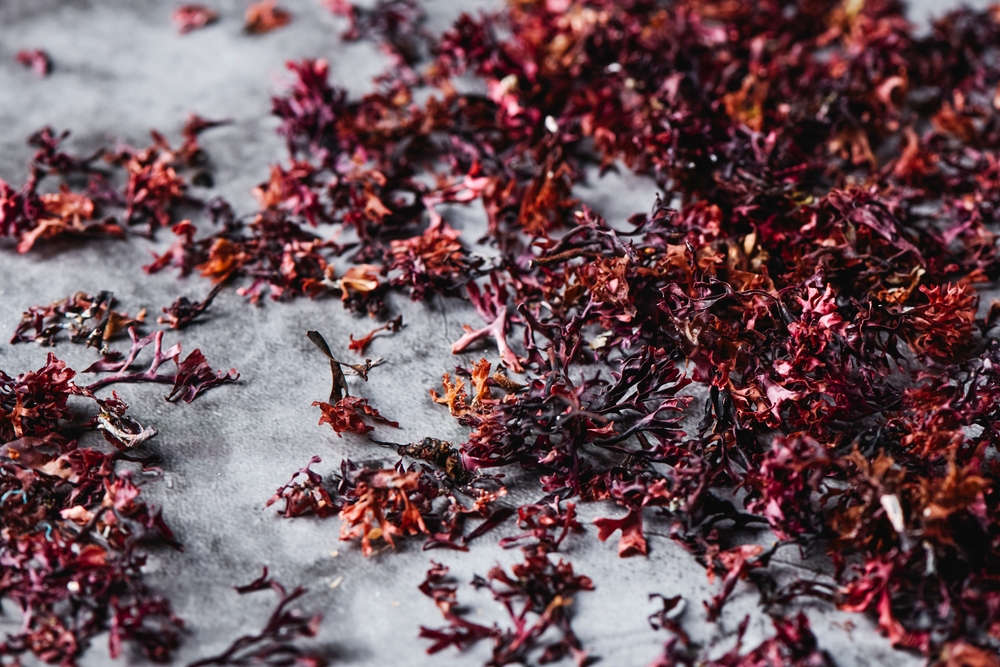
Conclusion
Wakame is a popular ingredient used in Asian cuisine as a thickening agent or in soups, salads and more. It has a soft consistency and a slightly salty flavor, with hints of sweetness. If you cook Asian food, you’re likely to see a recipe that calls for wakame. If there is no wakame available, or you want to put your own twist on things, there are plenty of worthy substitutes that can mimic wakame.




